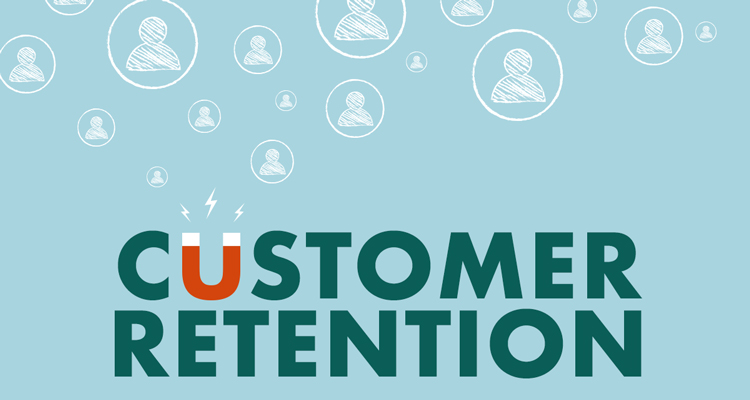
While it’s impossible to retain every customer, you can do some things to increase your customer retention rates. For example, there are plenty of reasons why a customer might leave. Some of these reasons are easily fixed with a few tweaks in your customer service strategy, while others require more work and may not be as easy. But no matter what area you’re looking at improving in your organization, you need to start by identifying where the problems are occurring to determine which ones are the most important – and which ones can be ignored for now.
Increasing lifetime value
Lifetime value is the total revenue generated by a customer over their entire relationship with your business. It’s the sum of all revenue streams over the life of the customer, including sign-up fees, renewals, and upgrades. Lifetime value is a function of three things: LTV (lifetime value), CAC (cost to acquire), and churn rate.
The most important metric for your business is lifetime value because it helps you determine whether or not you have enough customers in place to cover costs, such as marketing and sales expenses. If you don’t have enough new customers coming in compared to how many leave due to churn, then your company will eventually go out of business because there won’t be enough money coming in to cover overhead costs or make any profit whatsoever.
Reducing churn
Churn is the rate at which customers leave your business. As a measure of customer retention, churn is a useful indication of your ability to keep old customers and acquire new ones.
Reducing churn means reducing customer dissatisfaction, but it also means reducing the cost of acquiring new customers. When you retain more of your clients and spend less time trying to attract new ones, you’ll see an improvement in both net profit margin and cash flow.
Accelerating future growth
Customer retention is a key growth factor. If your customers are satisfied with their experience, they’ll likely come back to you and recommend your brand to others. This can be the start of a snowball effect: retained customers are more likely to buy from you again, so they become even more invested in your brand. They also tend to be repeat buyers and often buy more expensive products as well, which is good for profits.
Creating advocates for your brand
The power of customer retention comes down to this: customers who have had a great experience with your brand are likely to refer you to others. And it’s these referrals that can do so much more than just bring in new business. Consumers who receive referrals from friends and family are much more likely to buy a product than those who find out about it through ads or other marketing materials.
Your current customers are more likely than others to buy again from you as much as 15 times over five years. This means that when one person buys from you multiple times, that person becomes likelier than your average customer to buy and will be willing enough to share in his or her recommendations with their friends. This means those recommendations could be worth hundreds or even thousands of dollars per sale when taken together.
Conclusion
Customer retention efforts are really about creating opportunities for people who’ve already bought from you once before so that they will do so again without question (or even need). Sometimes this can happen organically through word-of-mouth referrals. But other times it takes some planning ahead on your part, just like any good strategy does.